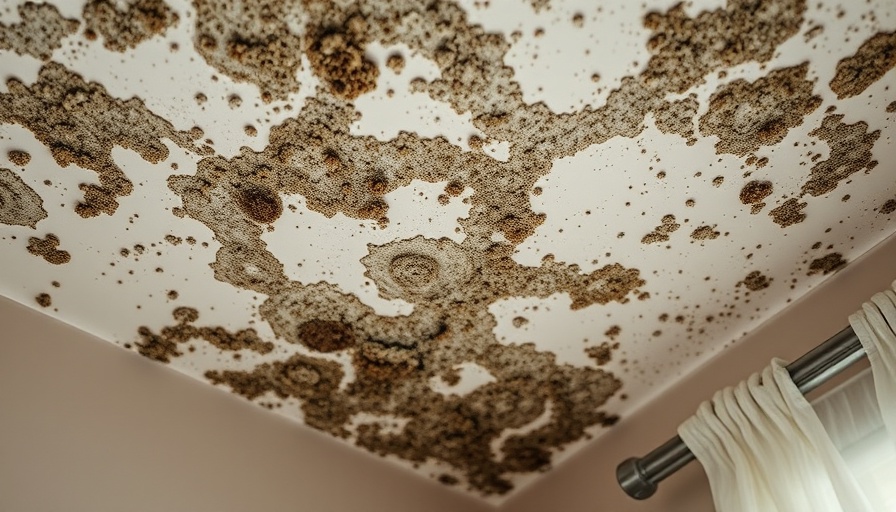
Understanding the Risks: Why DIY Mold Removal Falls Short
When faced with a mold issue, many homeowners immediately turn to do-it-yourself remedies, ranging from bleach solutions to homegrown vinegar sprays, eager to tackle a problem that can feel overwhelming. However, this approach often overlooks a critical reality: mold is not merely a surface invader. In fact, it thrives in damp, unnoticeable places—behind walls, under carpets, and within ventilation systems—areas that are out of sight and consequently, out of mind.
Common household solutions can be innocuous in appearance but are deeply flawed in effectiveness. For instance, bleach may seem like a reliable mold killer, yet it fails to penetrate porous materials effectively, potentially allowing mold to grow back stronger. Similarly, while vinegar is praised for its natural properties, it doesn’t universally eliminate mold across species or depth.
The Hidden Consequences of DIY Mold Removal
Attempting to handle mold without the necessary training or tools can lead not only to incomplete elimination of the problem but also pose serious health risks. Mold exposure is linked to respiratory complications, allergic reactions, and even long-term illness, making the stakes high for families, especially those with pre-existing conditions. As many negotiate their budgets and the allure of cheaper solutions, they often underestimate the health detriments associated with mishandling mold situations.
Thus, relying solely on DIY methods might resolve the visible issues temporarily, but many homeowners soon face re-emergence of mold, exacerbating not just the stress of ownership but also potential structural damage to their home.
Why Professional Mold Remediation Is the Safer Choice
Considering the risks associated with DIY remediation, enlisting professional help often proves to be the smarter investment. Expert mold remediation goes beyond mere removal; it encompasses comprehensive assessment, safe removal of contaminants, and preventive measures to stop future infestations. Professionals in the field utilize advanced tools and techniques to identify mold that remains hidden from plain sight, ensuring all potential threats are addressed.
For example, once hired, mold professionals conduct a thorough inspection using moisture meters that can detect high humidity, a precursor to mold growth. They also utilize specialized equipment designed for containment that prevents spores from wafting into breathable air as they work.
Common Misunderstandings About Mold Treatments
A prevalent misconception many homeowners have is assuming that a single round of cleaning or scrubbing is sufficient to combat the spread of mold. Yet every mold situation is unique, with varying degrees of severity that dictate the type of intervention required. Factors such as the extent of the mold problem, types of mold present, and potential health risks are pivotal in determining whether a DIY route or professional assistance is warranted.
Making the Right Choice: DIY Methods vs. Professional Assistance
When evaluating whether to employ DIY tactics or hire professionals, consider these critical points:
- Extent of Infestation: Small, contained issues may benefit from DIY methods, whereas larger infestations—especially in hidden areas—should be addressed by professionals.
- Health Risks: If any members of your household suffer from allergies or respiratory conditions, professional help minimizes health risks during the remediation process.
- Long-Term Safety: Professionals typically provide a warranty or guarantee on their work, ensuring peace of mind and effective remediation.
Ultimately, while DIY approaches can showcase ingenuity, the potential consequences of improper handling of mold should not be taken lightly. The key to safeguarding your family and home lies in understanding the complexities of mold management—often signifying that expert assistance is not just valuable, but necessary.
Your Next Steps for a Mold-Free Home
Don't gamble with your home’s health; if you suspect mold in your residence, reach out to professional mold remediation companies. During this daunting process, let experts lead the way, utilizing the right tools, knowledge, and safety practices that you may not have at your disposal.
Thank you for taking interest in your home and family’s health. Remember, knowledge is your greatest ally in maintaining a mold-free environment.
 Add Row
Add Row  Add
Add 




Write A Comment